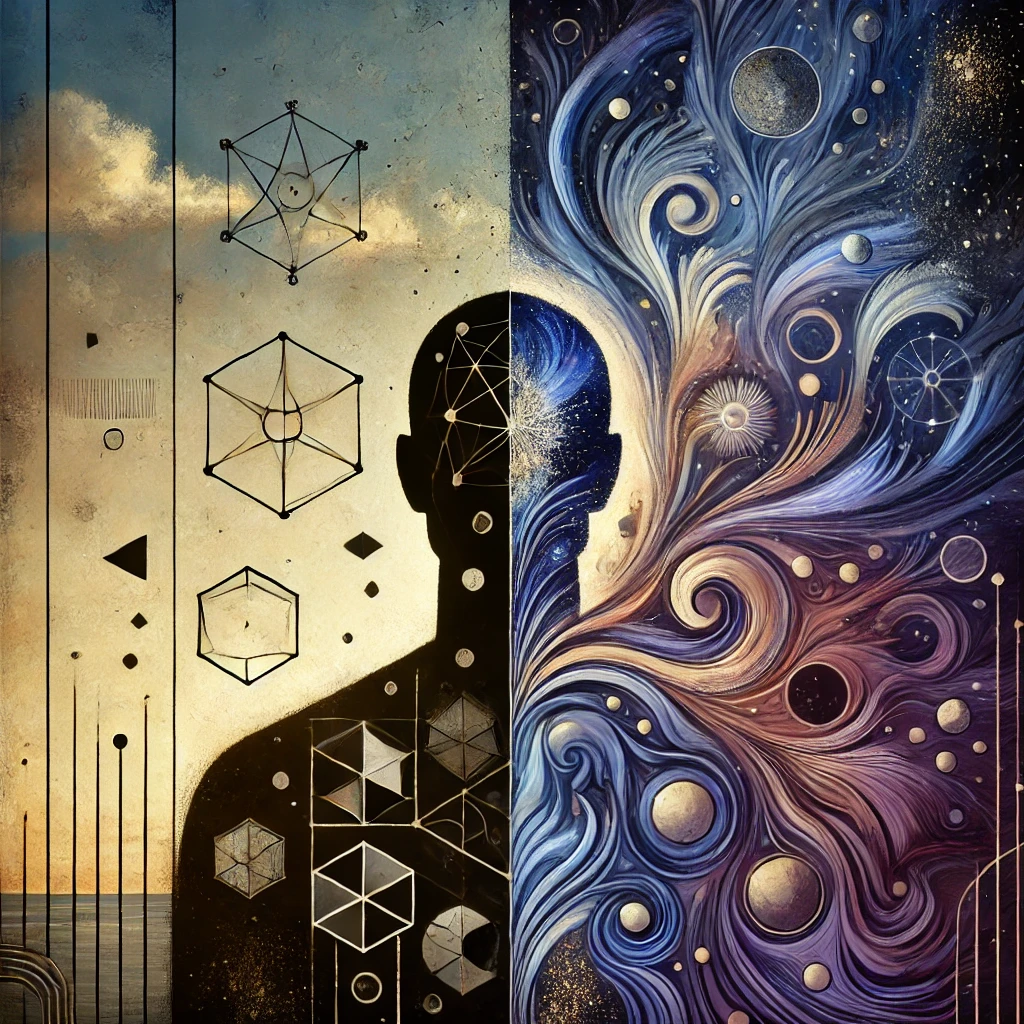
One day, I was on a train and started chatting with a fellow passenger. He was clearly struggling — lost, depressed, unsure of his place in life. At one point, he said something that stuck with me: "There is no perfect place in this world."
That phrase hit me. I realized something profound: the way we think shapes our reality. When someone believes there is no perfect place, they create that belief as their reality. But what if the idea itself is flawed?
I looked around and said, "Look at this train. It’s perfect. It gets us from point A to point B. It's warm, there’s food, there's a bathroom, and we can talk. Sure, it could be faster or fancier — but it works. That’s what makes it perfect."
This moment helped me understand a powerful distinction:
Imagine a bridge. On paper, the architect’s sketch may look stunning: elegant, artistic, a vision of innovation. But the real bridge might be made of simple wood planks. If it safely gets people across the river, it's perfect — because it works.
Understanding the difference between ideal and perfect is like a butterfly effect — a small shift in thinking that transforms your whole life.
When you embrace this difference, you start seeing perfection everywhere: grocery stores with food, warm homes, working hospitals, functioning schools. They may not be ideal, but they serve their purpose — and that makes them perfect.
I’ve seen people destroy perfectly good relationships by chasing an ideal. A woman compares her partner to a fantasy family from Instagram. She doesn’t realize that her actual family is perfect: they care, support, and love her.
Or couples create idealized versions of each other — and when reality shows up, conflict begins. The mind clings to illusions and misses the beauty of what's truly working.
One couple I knew illustrated this beautifully. The man tried to be the "perfect gentleman" — calm, composed, always in control. One day, their car broke down on the way to a big meeting. He panicked.
To his surprise, his girlfriend didn’t get upset. She laughed and said, "Wow! So you do get nervous — I thought you were a robot!"
That moment changed something. He let go of the "ideal" role he had been playing. She felt closer to him — he was now real, human, and still perfect.
When you truly get the difference between ideal and perfect, life becomes easier. You stop chasing ghosts and start appreciating reality.
The job you think is boring? Maybe it gives you security and provides for your family. That’s perfect.
The house that isn’t magazine-worthy? Maybe it keeps you warm and safe. That’s perfect.
Here’s how this mindset can transform your life:
Years ago, I invested a large sum of money into building a digital platform — Portal Academy. I could’ve bought a home, but I chose the dream of creating something meaningful.
We built an app to track personal goals — a noble but unfamiliar concept. It was hard to market. For five years, I was the only user. I kept telling myself, “No one uses Portal Academy.”
I felt stuck, chasing an ideal of 1 million users. Then 1,000. Then 100. But none came.
I was slowly slipping into a state of emotional burnout. Not depression — just less joy, less laughter.
Eventually, through meditation and support from a friend, I had a breakthrough. I realized: the app is perfect for me. It works. I use it. I learn from it. It serves its function.
That insight changed everything. I no longer felt stuck. I felt empowered. I saw that I had created a university for myself — my own private Harvard.
All along, I had been enrolled in the best academy I could ask for — and I hadn’t even noticed.
You might be living a perfect life and not even see it.
The difference between "ideal" and "perfect" isn't just semantics — it’s a path to inner peace. Let go of mirages. Embrace what works. Appreciate what’s real.
Repeat these when you need a reset:
See the world not as a place that fails your ideals, but as a place that quietly, beautifully works.
That’s not just good enough. That’s perfection.